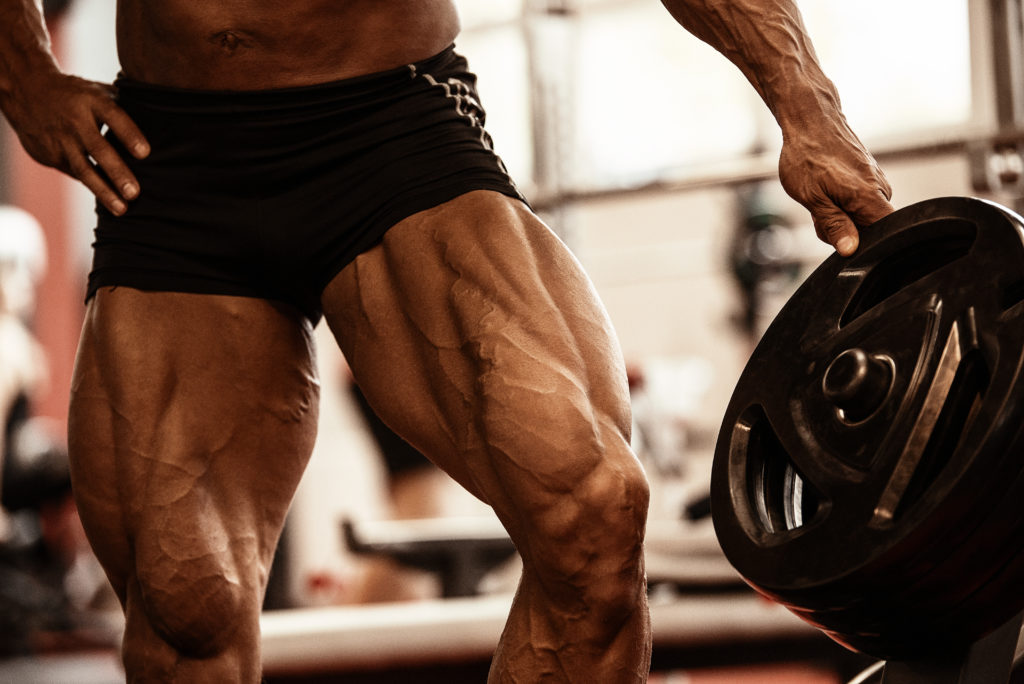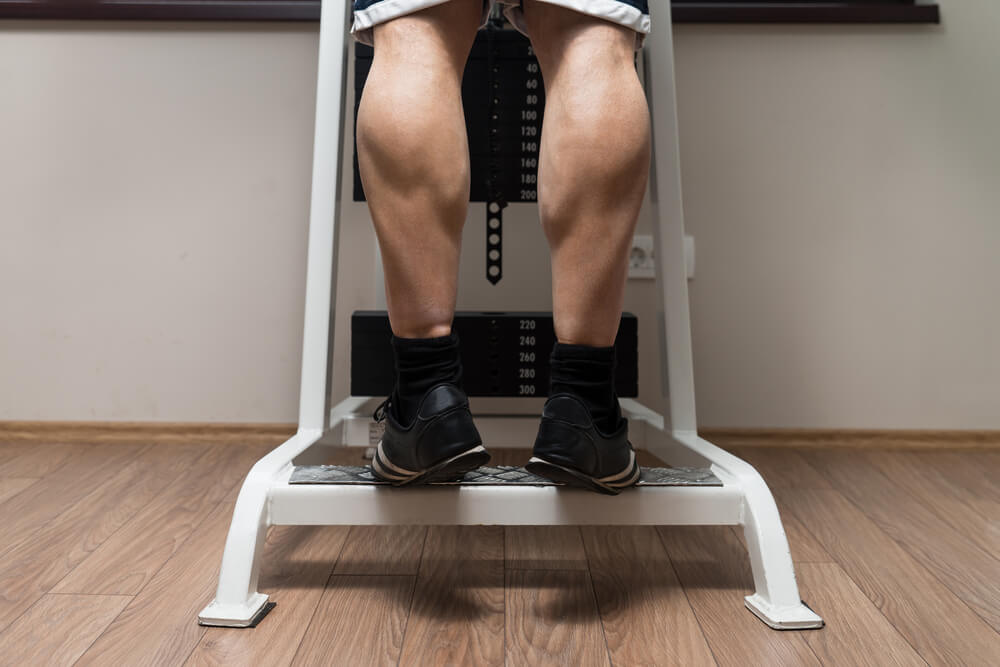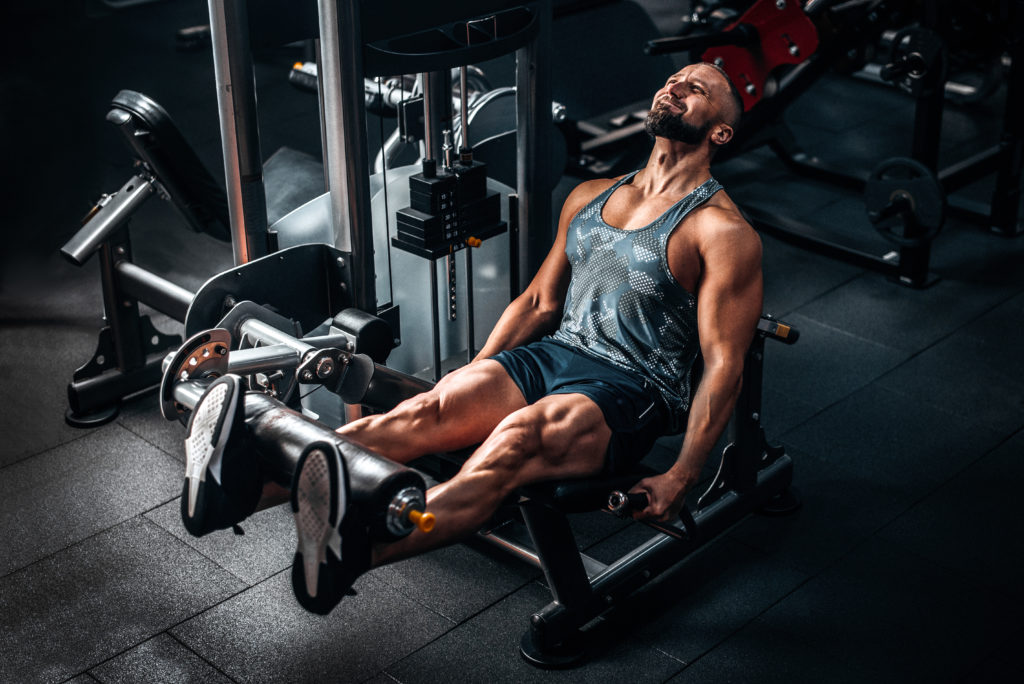Leg day is often viewed as one of the most challenging yet rewarding workout sessions in any fitness regimen. When executed correctly, leg workouts can significantly enhance your strength, power, and overall physique. Whether you’re a beginner or an experienced lifter, understanding the best exercises and how to incorporate techniques like the leg accessories workout, as well as exploring the debate of leg press vs squat press, can set you on the path to building impressive legs.
In this blog post, we will discuss the anatomy of your leg muscles, outline effective leg workouts targeting the quads, hamstrings, and glutes, and provide insights into the benefits of both leg press and squat press exercises. Let’s dive in!
Understanding the Anatomy of the Legs
Before we jump into specific workouts, it’s important to understand the muscle groups we’ll be focusing on during leg day:
- Quadriceps: Located at the front of your thigh, these muscles extend your knee and are critical in movements such as running, jumping, and squatting.
- Hamstrings: Comprised of three muscles at the back of your thigh, the hamstrings are responsible for bending your knee and extending your hip.
- Glutes: This group of muscles includes the gluteus maximus, gluteus medius, and gluteus minimus. The glutes are essential for hip extension, stabilization, and overall power in movements.
Benefits of a Leg Accessories Workout
Incorporating leg accessories workouts into your routine is necessary for several reasons:
- Targeted Muscle Development: Accessory exercises help target specific muscle groups that may not be sufficiently activated during primary lifts.
- Balanced Strength: By focusing on muscle groups individually, you can improve overall balance and stability in your lower body.
- Injury Prevention: Strengthening smaller, stabilizing muscles through accessory work can reduce the risk of injuries during heavy lifting.
- Improved Aesthetics: Accessory workouts can enhance muscle definition and shape, leading to well-rounded leg development.

Top 5 Leg Day Workouts for Quads, Hamstrings, and Glutes
Here are five effective leg workouts that target the quads, hamstrings, and glutes, along with accessory exercises to enhance your overall leg strength:
-
Barbell Squats
Muscle Targeted: Quads, Hamstrings, Glutes
- How to Perform:
- Start with a barbell resting on your traps or upper back, feet shoulder-width apart.
- Lower your body by bending your knees and hips while keeping your chest up and back straight.
- Go down until your thighs are at least parallel to the ground.
- Push through your heels to return to the starting position.
Benefits: Squats are a compound movement that engages multiple muscle groups and joints, making them a staple for building strength and mass, perfect for a leg accessories workout.
-
Romanian Deadlifts
Muscle Targeted: Hamstrings, Glutes
- How to Perform:
- Stand with your feet hip-width apart, holding a barbell or dumbbell in front of your thighs.
- Keeping a slight bend in your knees, hinge at your hips and lower the weights toward the floor while maintaining a straight back.
- Once you feel a stretch in your hamstrings, return to the starting position by thrusting your hips forward.
Benefits: This exercise primarily targets the hamstrings while also activating the glutes, promoting strength and muscle growth in these areas.
-
Leg Press
Muscle Targeted: Quads, Hamstrings, Glutes
- How to Perform:
- Sit on the leg press machine and place your feet on the platform shoulder-width apart.
- Lower the weight by bending your knees until your thighs are at least parallel to the platform.
- Press through your heels to extend your legs back to the starting position.
Leg Press vs Squat Press: In the debate of leg press vs squat press, the leg press allows for a guided motion, which can be beneficial for isolating the leg muscles without straining the lower back. However, squats not only work the legs but also engage core muscles, offering a total-body workout experience.
-
Lunges
Muscle Targeted: Quads, Hamstrings, Glutes
- How to Perform:
- Stand with your feet shoulder-width apart.
- Step forward with one leg, lowering your hips until both knees are bent to about 90 degrees.
- Ensure your front knee is above your ankle, then push back to the starting position.
- Alternate legs.
Benefits: Lunges enhance lower body strength while promoting balance and coordination. They effectively target the quads, hamstrings, and glutes, making them a versatile addition to any leg accessories workout.
-
Glute Bridges
Muscle Targeted: Glutes, Hamstrings
- How to Perform:
- Lie on your back with your knees bent and feet flat on the ground, hip-width apart.
- Press through your heels and lift your hips toward the ceiling, squeezing your glutes at the top.
- Lower your hips back down without resting on the ground, then repeat.
Benefits: Glute bridges are specifically designed to engage and activate the glute muscles, which can enhance your overall strength and aesthetics, especially when aiming for a powerlifter physique.

Additional Accessory Leg Exercises
In addition to the primary movements outlined above, incorporating accessory exercises can help improve specific muscles and promote balanced leg development. Here are some effective accessory exercises to consider:
-
Calf Raises
Muscle Targeted: Calves
- How to Perform:
- Stand with the balls of your feet on the edge of a step or raised platform.
- Raise your heels as high as possible, squeezing your calves at the top.
- Lower your heels below the step level and repeat.
Benefits: Strong calves complete your leg development and can enhance your overall stability during lifts, including squats and other compound movements.
-
Lateral Band Walks
Muscle Targeted: Glutes, Hip Abductors
- How to Perform:
- Place a resistance band around your legs, just above your knees.
- With your feet hip-width apart, squat slightly and step sideways in one direction for several steps.
- Return to the starting position and repeat in the opposite direction.
Benefits: Lateral band walks effectively target the glute medius and are excellent for preparing your gluteus musculature for heavier lifts, particularly beneficial in achieving that powerlifter physique.
-
Step-Ups
Muscle Targeted: Quads, Hamstrings, Glutes
- How to Perform:
- Stand in front of a sturdy bench or platform.
- Press down through one foot, stepping up onto the bench while lifting your opposite knee toward your chest.
- Step back down and alternate legs.
Benefits: Step-ups enhance leg strength and stability, emphasizing unilateral strength, which is crucial to avoid muscular imbalances and improve overall performance.
-
Bulgarian Split Squats
Muscle Targeted: Quads, Hamstrings, Glutes
- How to Perform:
- Stand a few feet in front of a bench, facing away, and place one foot on the bench behind you.
- Lower your body into a lunge, ensuring your front knee stays above your ankle.
- Push through the front heel to return to the starting position.
Benefits: This is a highly effective exercise for leg development, particularly for balancing strength between your quads and hamstrings. It’s also a great test of your stability and core strength.
Structuring Your Leg Workout Routine
To maximize your leg day effectively, could you consider structuring your workout routine around the above exercises? Here is a sample workout plan that includes both primary exercises and accessory work:
Sample Leg Workout Routine
Warm-Up (10 Minutes)
- 5-10 minutes of dynamic stretching (leg swings, high knees, lunges with overhead reach)
- Light cardio such as jogging or cycling for anaerobic activation
Main Leg Exercises (3-4 Sets Each)
- Barbell Squats: 6-10 reps
- Leg Press: 8-12 reps
- Romanian Deadlifts: 8-12 reps
- Bulgarian Split Squats: 8-10 reps per leg
- Lunges: 10-12 reps per leg
Accessory Leg Exercises (3 Sets Each)
- Glute Bridges: 15-20 reps
- Calf Raises: 12-15 reps
- Lateral Band Walks: 10 steps each direction
Cool Down (5-10 Minutes)
- Static stretches focusing on hamstrings, quads, calves, and glutes
- Incorporate foam rolling to promote recovery
Leg Accessories Workout Considerations
Mind Your Form
When performing any of these exercises, especially with weights, focusing on proper form is crucial to minimize the risk of injury. Bad habits can often lead to injuries later, particularly with complex movements like squats or deadlifts.

Vary Your Routine
Your Routine
To keep your leg workouts effective and engaging, consider incorporating variety into your routine. This could mean alternating between different variations of exercises, changing the order of your workouts, or even switching from machines to free weights occasionally. For example:
- Squat Variations: Try front squats, sumo squats, or goblet squats for different muscle activation.
- Deadlift Variations: Incorporate conventional deadlifts, sumo deadlifts, or single-leg deadlifts.
- Include Different Set and Rep Schemes: Consider changing rep schemes (low reps for strength, higher reps for endurance) or incorporating supersets and drop sets.
Progressive Overload
To continually build strength and muscle mass, apply the principle of progressive overload. This means gradually increasing the weights, sets, or repetitions of your exercises over time. In the context of leg accessories workouts, you can:
- Increase Weights: As exercises become more manageable, increase the load to continue challenging your muscles.
- Add Reps: Increasing the number of reps slightly can help build muscular endurance.
- Intensify with Tempo Changes: Slow down the eccentric (lowering) phase to increase time under tension, thereby stimulating muscle growth.
Listen to Your Body
While pushing yourself is important, listening to your body is equally vital. If you experience unusual pain or discomfort, especially in your joints or lower back, it may be a sign that you need to adjust your form or reduce the weight. Ensure you incorporate rest days into your routine, allowing your muscles to recover fully between leg workouts.
Combining Leg Workouts with Other Fitness Components
Balancing your leg training with other fitness elements can yield comprehensive results. Here’s how to integrate leg workouts with other aspects of fitness:
Cardio
Incorporating cardio is a great way to enhance your overall fitness. Whether it’s running, cycling, or using a rowing machine, integrating cardio can enhance your stamina and encourage fat loss while you’re building muscle during your leg accessories workouts. However, try to avoid excessive cardio on leg day, as this could hinder muscle recovery.
Flexibility and Mobility Training
Don’t neglect the importance of flexibility and mobility work, particularly around the hips and legs. Incorporate dynamic stretches before your workouts and static stretching afterward. Yoga or targeted stretching sessions can help improve flexibility, which is crucial for maintaining form and preventing injury during leg workouts.
Combine with Upper Body Workouts
Many people focus on hitting legs once or twice a week, pairing leg day with upper body workouts on alternate days. For a balanced routine, consider pairing leg accessories workouts with upper body lifting. This may be structured as a push-pull system:
- Push Day: Focus on exercises targeting the chest, shoulders, and triceps.
- Pull Day: Focus on exercises for the back and biceps.
This ensures each muscle group gets attention while allowing ample recovery time.

Conclusion
A dedicated leg day is an essential component of any balanced fitness program. By utilizing effective exercises that target the quads, hamstrings, and glutes, combined with a strategic approach to leg accessories workouts, you can make significant gains in strength and aesthetics.
Additionally, understanding the distinction between leg press vs squat press can help you choose the best exercises for your goals, whether you aim for the mass and power typical of a powerlifter physique or the toned look of a well-balanced athlete.
Key Takeaways
- Incorporate a variety of leg exercises including squats, deadlifts, lunges, and accessory work to target all areas of the legs effectively.
- Understand the importance of fitness principles like progressive overload and proper form to ensure long-term success and prevent injuries.
- Don’t forget to pair leg training with cardio and flexibility work for optimal performance and recovery.
- Make sure your workouts are structured, varied, and progressive to continuously challenge yourself and stimulate growth.
By following these guidelines and consistently putting effort into your leg day workouts, you will develop powerful legs that not only improve your overall performance but also contribute to a well-defined and appealing powerlifter physique. Remember that consistency is key—stay focused, and you’ll see impressive results!
-Terry Asher
Terry Asher
Latest posts by Terry Asher (see all)
- Better Family – Product Review Liquid Daily 2 oz - Dec 16, 2024
- Post-Workout Recovery: The Key to Optimal Performance - Nov 25, 2024
- Pre-Workout Supplements – Everything You Need To Know - Nov 18, 2024









[…] Source link […]
[…] Source link […]
This is, in my opinion, one of the best posts that you have made. Your work is quite outstanding in both quality and quantity. I am grateful to you for it.
Leg day is essential for a well-rounded fitness routine, and focusing on the top workouts for quads, hamstrings, and glutes can yield impressive results.